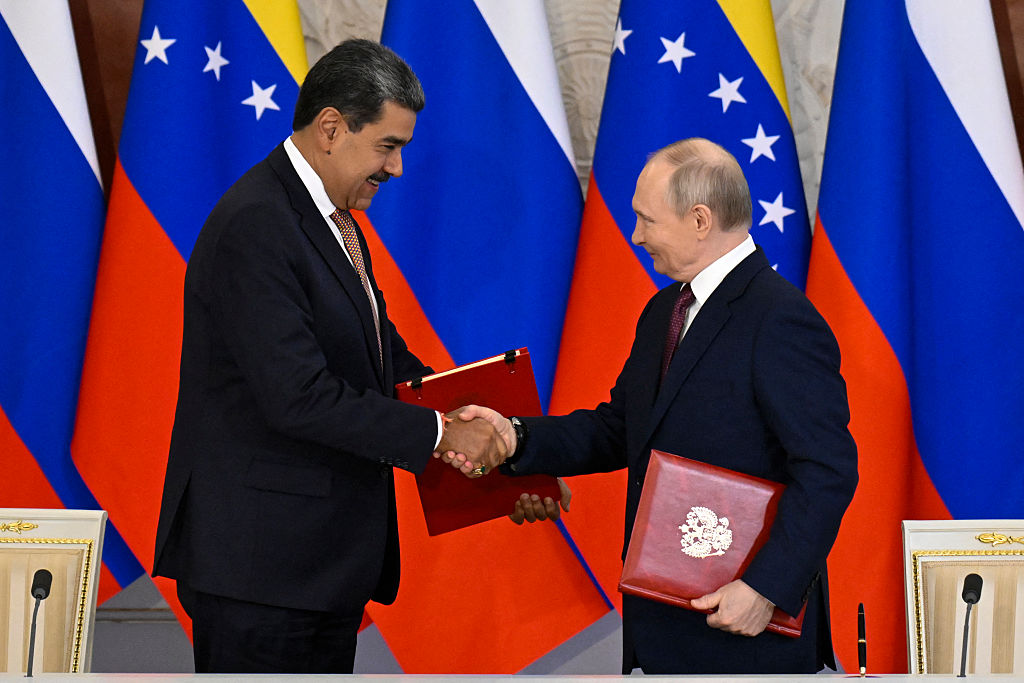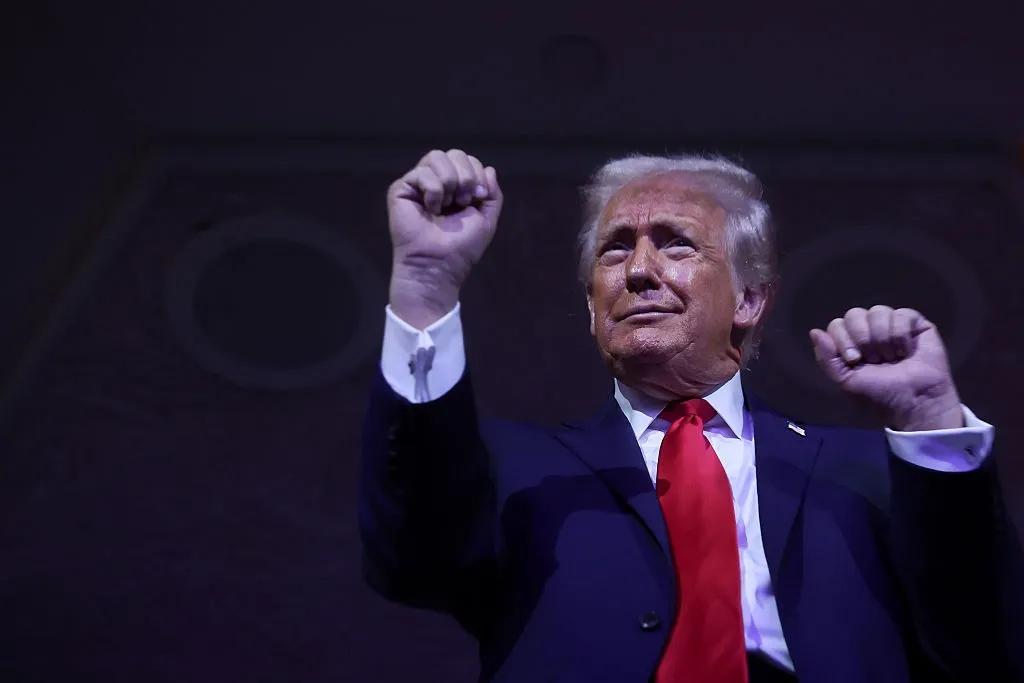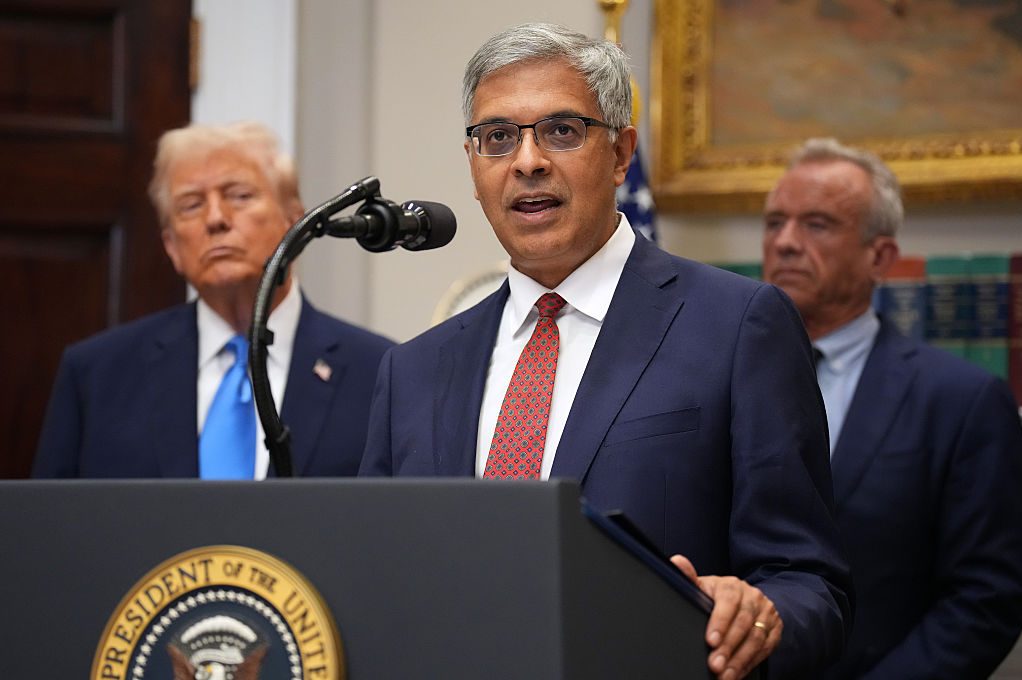Six months into President Trump’s second administration and there is perhaps no other government department that has been subject to more controversies than the Department of Defense. Brouhahas have ranged from the in-fact favorable (see the banning of affirmative action) to the admittedly concerning (see significant leaks of sensitive information). And now Trump has pulled the pin on possibly his most powerful grenade so far – and rolled it Pete Hegseth’s way. But after the smoke clears from this particular explosion, there is a real opportunity for the department to be born again, fighting fit, from the debris.
President Trump has signed an executive order returning the Department of Defense to its original moniker, the Department of War. In his inimitable style, Trump proclaimed, “We went woke and changed to the Department of Defense. This is something we thought long and hard about it. We won World War One, World War Two, everything before that and in between… we’re going to change it to the Department of war, it’s a much more appropriate name.” This will take an act of Congress, but Republican support seems forthcoming.
The reactions from the president’s detractors have been outlandish, particularly on social media. Critics have labeled the decision “a reckless and outdated stunt,” “performative” and a waste of taxpayer dollars. Opponents claim it is hypocritical for Trump to say he’s pro-peace while promoting this change. They even argue that it reveals the administration to be “warmongering neocons.” Some have suggested that this is merely a precursor for imposition of martial law and a total descent into fascism.
In reality, it is none of these. The title of the Department of War is more descriptive, honors our history, reduces rhetorical confusion and better fits the geopolitical moment.
The War Department was the second executive branch department created by Congress, being established on August 7, 1789. Until the Navy Department was created nearly a decade later, the War Department held all military portfolios in the US government. America fought the War of 1812, the Mexican-American War, the Civil War, the Spanish-American War and both World Wars under this arrangement, building our nation into the world-spanning colossus that it is today. The War Department would remain a staple of American government until 1949, when the various martial branches were consolidated under the auspices of the Department of Defense. Returning to the original name and portfolio would honor our nation’s military history in the lead-up to our nation’s 250th anniversary next year.
It would also better suit the actual purpose of the department and reduce confusion and overlap. The Department of Homeland Security, established in the wake of 9/11, carries out many of the functions of territorial defense of the nation. It polices our borders, enforces immigration and criminal law, and patrols the waters of our near-abroad, safeguarding our coasts. As such, the Defense Department is not engaged primarily in homeland defense; it fights wars and carries out missions everywhere on the planet and will likely do the same in the space domain this century. Warfighting is indeed what the military is for. We should not shy away from that reality; our adversaries surely do not.
And that points to the most useful aspect of this change: as a threat to our enemies. America faces the gravest geopolitical situation that we have seen since at least 1991, if not 1945. Our foes are arrayed against the US-led world order and have been threatening and attacking their neighbors in a quest to undermine our primacy and the very idea of national sovereignty. China, Russia, Iran and their satrapies are becoming more closely intertwined and dangerous with every passing day. They make no secret of their goal: overturning the international system and replacing it with something more amenable to their belligerent, expansionist desires.
This antagonism must not be ignored. It must be confronted head-on. This requires a change in mindset. No longer are we in the stable, post-Cold War era, where non-state actors posed the largest challenge to America. We are in the rough-and-tumble age of great-power rivalry. Our adversaries understand this. It is time we do as well. Returning the Defense Department to its original title shows that we are recognizing the new reality.
Why America needs the Department of War
President Trump has signed an executive order returning the Department of Defense to its original moniker

Defense Secretary Pete Hegseth speaks as President Donald Trump signs an executive order renaming the Department of Defense to the Department of War (Getty)
Six months into President Trump’s second administration and there is perhaps no other government department that has been subject to more controversies than the Department of Defense. Brouhahas have ranged from the in-fact favorable (see the banning of affirmative action) to the admittedly concerning (see significant leaks of sensitive information). And now Trump has pulled the pin on possibly his most powerful grenade so far – and rolled it Pete Hegseth’s way. But after the smoke clears from this particular explosion, there is a real opportunity for the department to be born again, fighting fit,…

























Leave a Reply